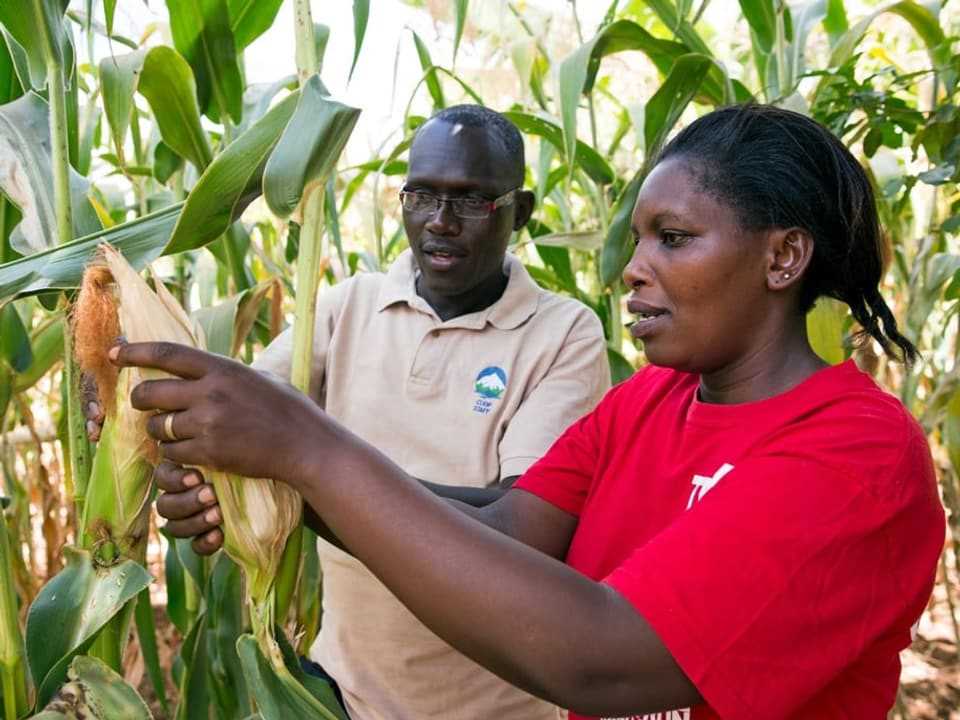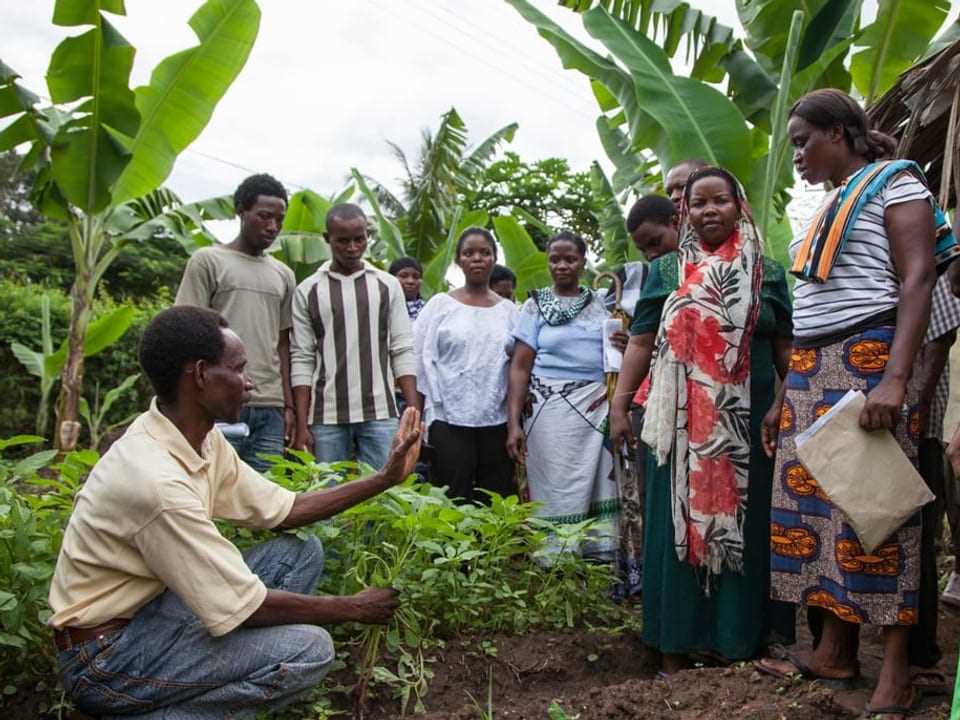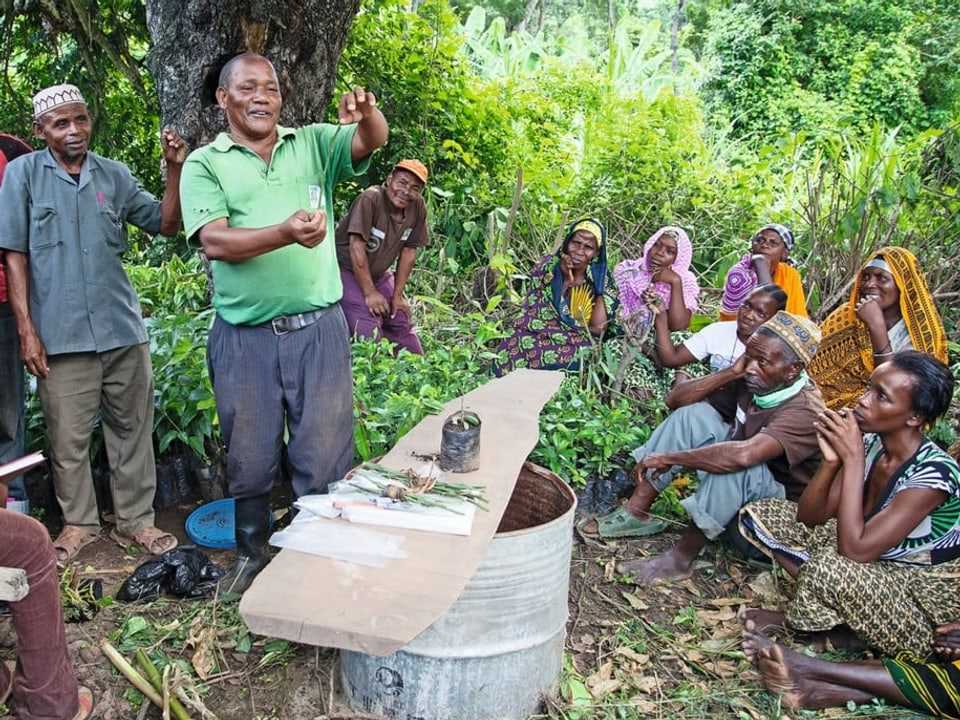contents
Two women, two positions: one wants to use genome editing to create new, better crops. The other would like agriculture to become more ecological and fairer – without genetic engineering.
Two women who at first glance want the same thing: better agriculture that protects the planet, withstands global warming and feeds people. And yet they couldn’t be more different.
The solution with genetic engineering
Catherine Feuillet, born in 1965, is French and, as a young biologist, did research in Switzerland at the Agroscope research institute and at the University of Zurich from 1994 to 2005 during the heyday of “old” genetic engineering: on wheat. She tried to find and clone a specific gene in wheat because it is central to resistance to a specific bacterial disease in wheat.
It took Feuillet ten years to do this. Ten years for something that, using today’s laboratory methods, takes a year at the most. It was tedious and frustrating, she says. So she decided that a better knowledge base was needed for such work: sequencing, i.e. a complete genetic map of wheat, as a better orientation for all who would come after her.
This project was also a mammoth task: “Some people said I was crazy because I even wanted to try it,” says Feuillet. Because the wheat genome is large and complex. A side effect of thousands of years of human breeding.
Research with great advances
Catherine Feuillet started with a small group of colleagues at the French research institute INRA: “We were around 10 people at the beginning,” she recalls. Only in 2018, a good ten years later and with a consortium of over 1000 researchers on board, was it finally done: The wheat genome was mapped.
In the meantime, in 2012, the CRISPR-Cas gene scissors had entered the scientific world stage. It was clear to Feuillet that she wanted to use the new tool. Together with powerful computers and algorithms that can also evaluate very large amounts of data, genome editing offers a huge opportunity to finally tackle complex traits in plants genetically: “It’s actually only now that genetics is really getting really exciting. Sometimes I wish I could start my career all over again.”
Feuillet has headed the scientific department at the US startup Inari for several years now. Inari, very American, is committed to big goals: 20 percent more yields from corn, soybeans and wheat, 40 percent less water consumption and 40 percent less fertilizer use in corn cultivation – simply through better seed.
Experienced seed breeders will scratch their heads at these numbers. Feuillet says: “It’s possible” and realizes that it sounds a bit crazy.
The solution with agroecology
Stefanie Pondini, born in 1983, has been working for the Swiss NGO Biovision for a good 12 years for a different type of agriculture, in the spirit of the founder of Biovision, Hans Herren. He was one of the pioneers in biological pest control in the late 1980s.
Pondini wants an agriculture that does not require exploitation, whether it is about natural resources or people. “It needs a revolution,” she says. The concept that encompasses all the changes is called “agroecology”. «12 years ago we were laughed at for our ideas. Today, at international conferences, Switzerland is committed to ensuring that agroecology is recognized as an important part of the solution,” says Pondini.
From their point of view, relying on genetic engineering or genome editing would be of little help at best. In the worst case, however, the hope for a technological solution distracts from the necessary changes. Or the new technology could even cause damage if used too rashly.
Pondini fights to ensure that farmers all over the world have opportunities to learn and then achieve better harvests with better, especially organic farming methods: “In this way, they are also better able to cope with the changes caused by climate change.”
Two women, two positions that could hardly be more opposite. Feuillet says: “I like it when I’m challenged.” And: “Many mistakes were made with the old genetic engineering, politically and economically. I hope we learned something new.”
And Pondini: “In order for me to start with genome editing, a few conditions would have to be met: fair access to the new technology, orientation towards the needs of farmers, to name just two.” There could hardly be anything more exciting than bringing both of them to a table to see if they couldn’t find an intersection after all.




